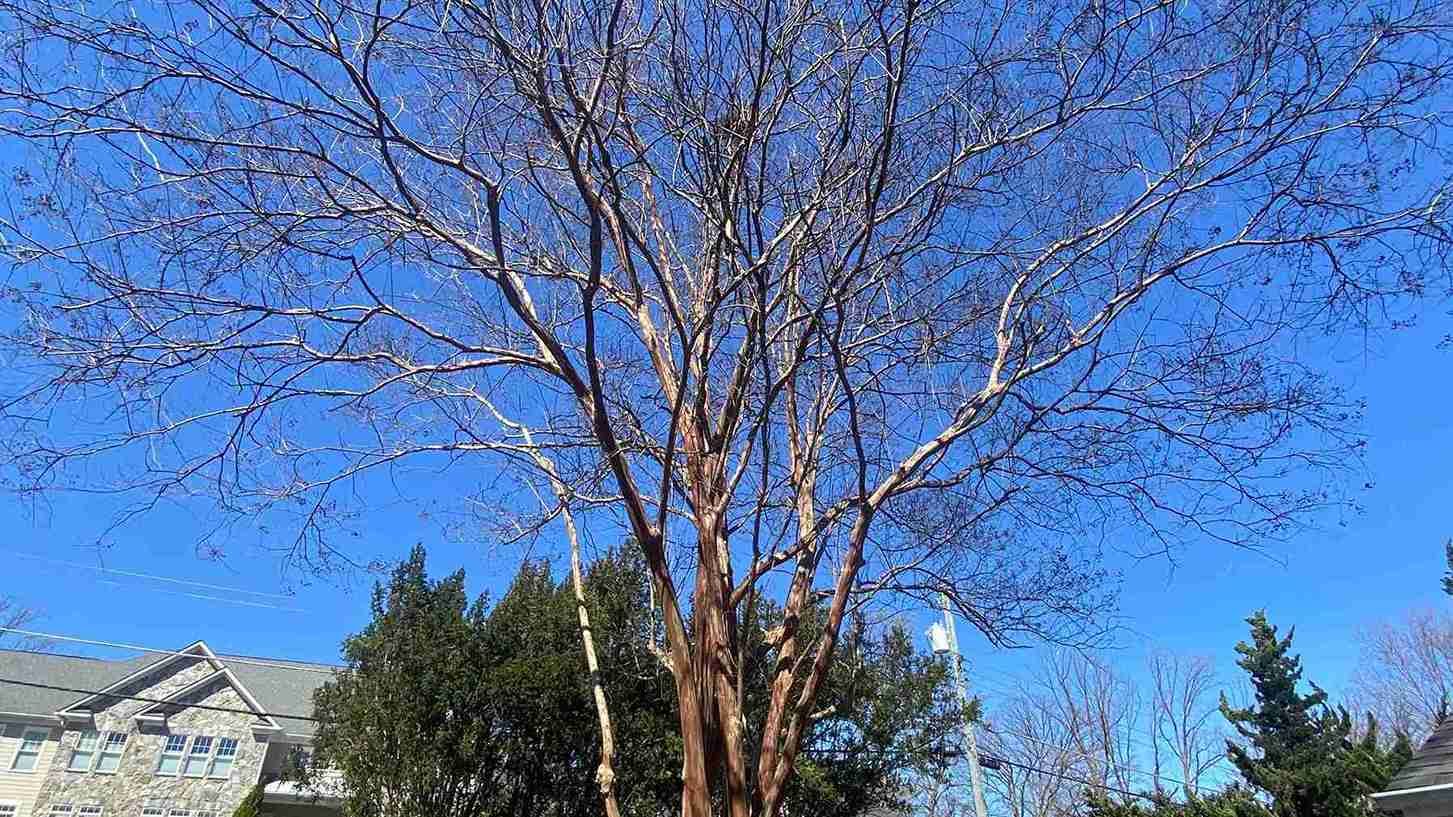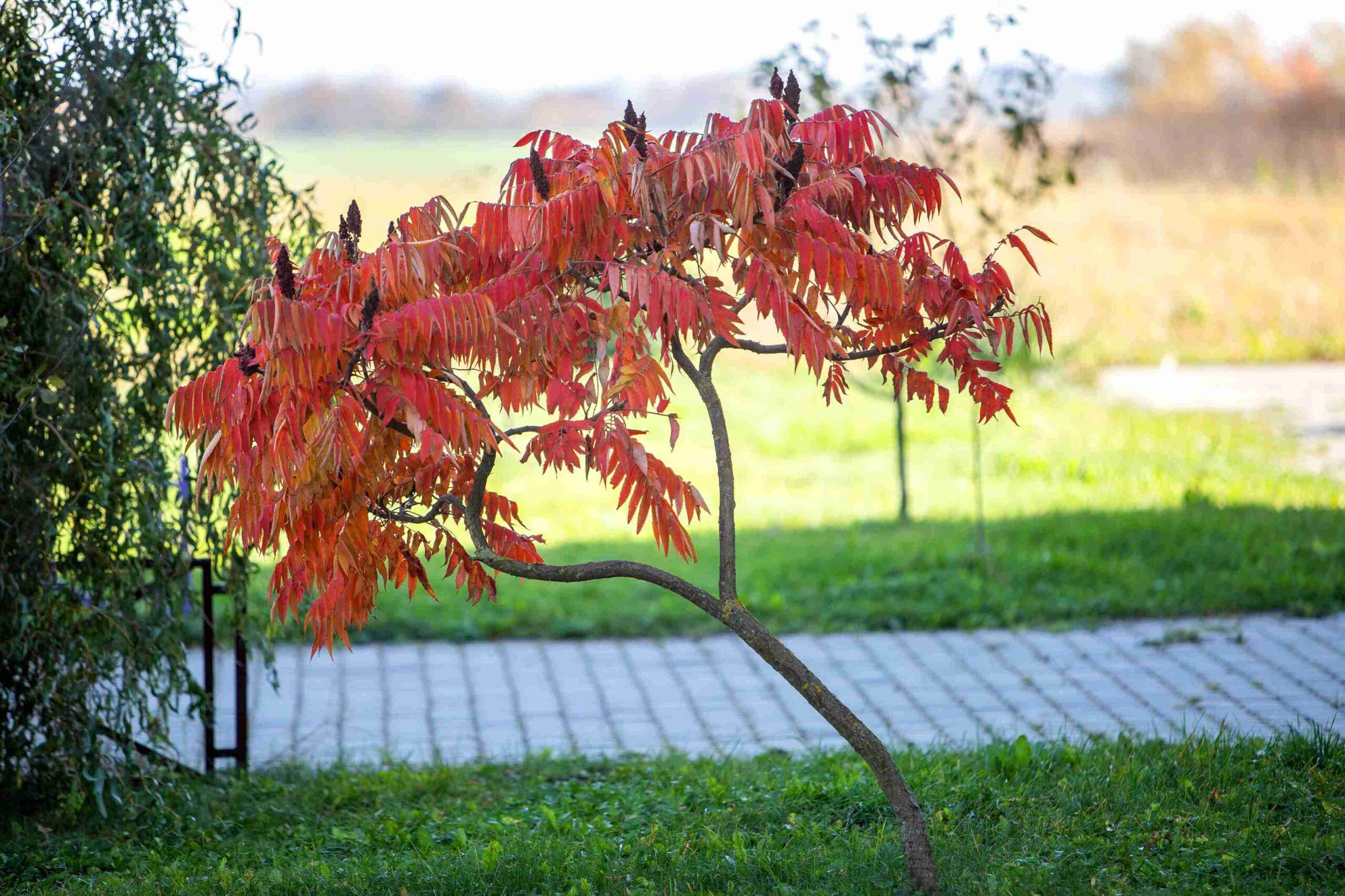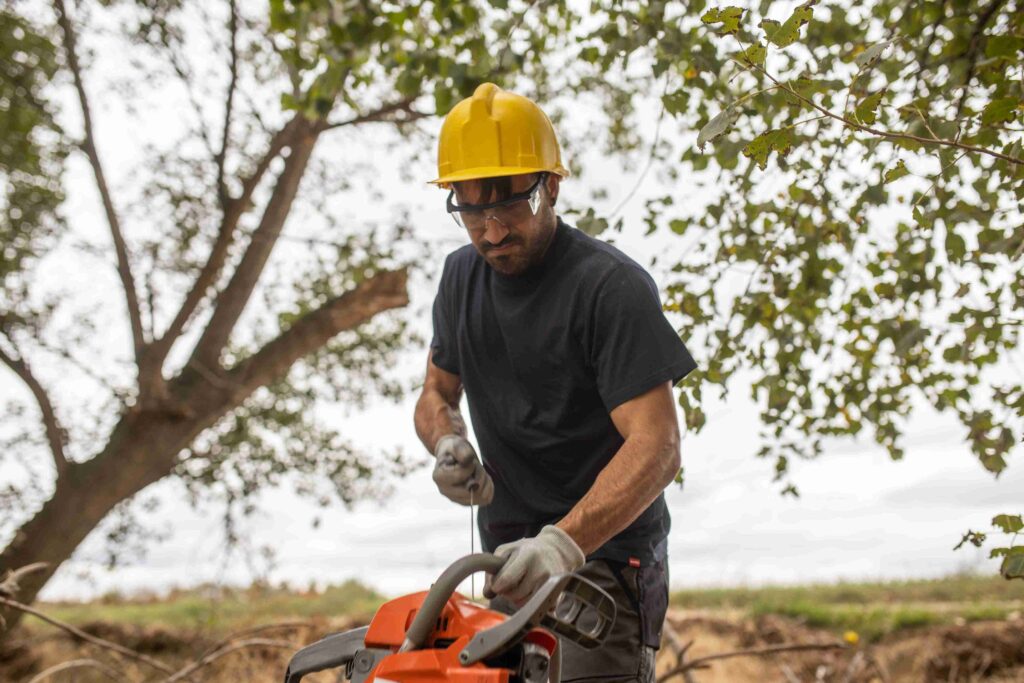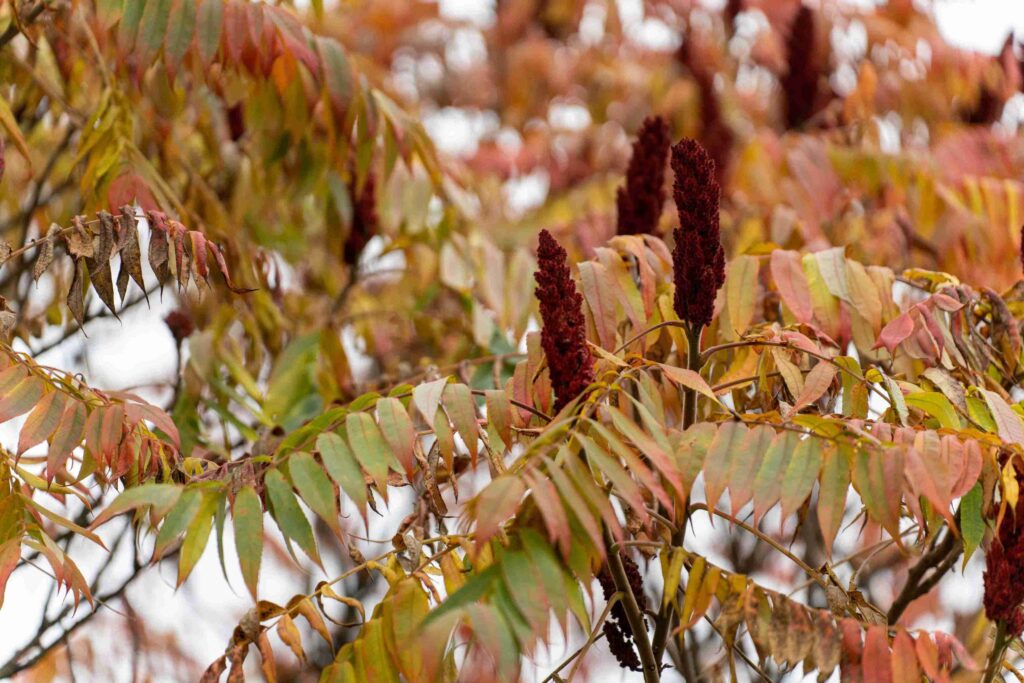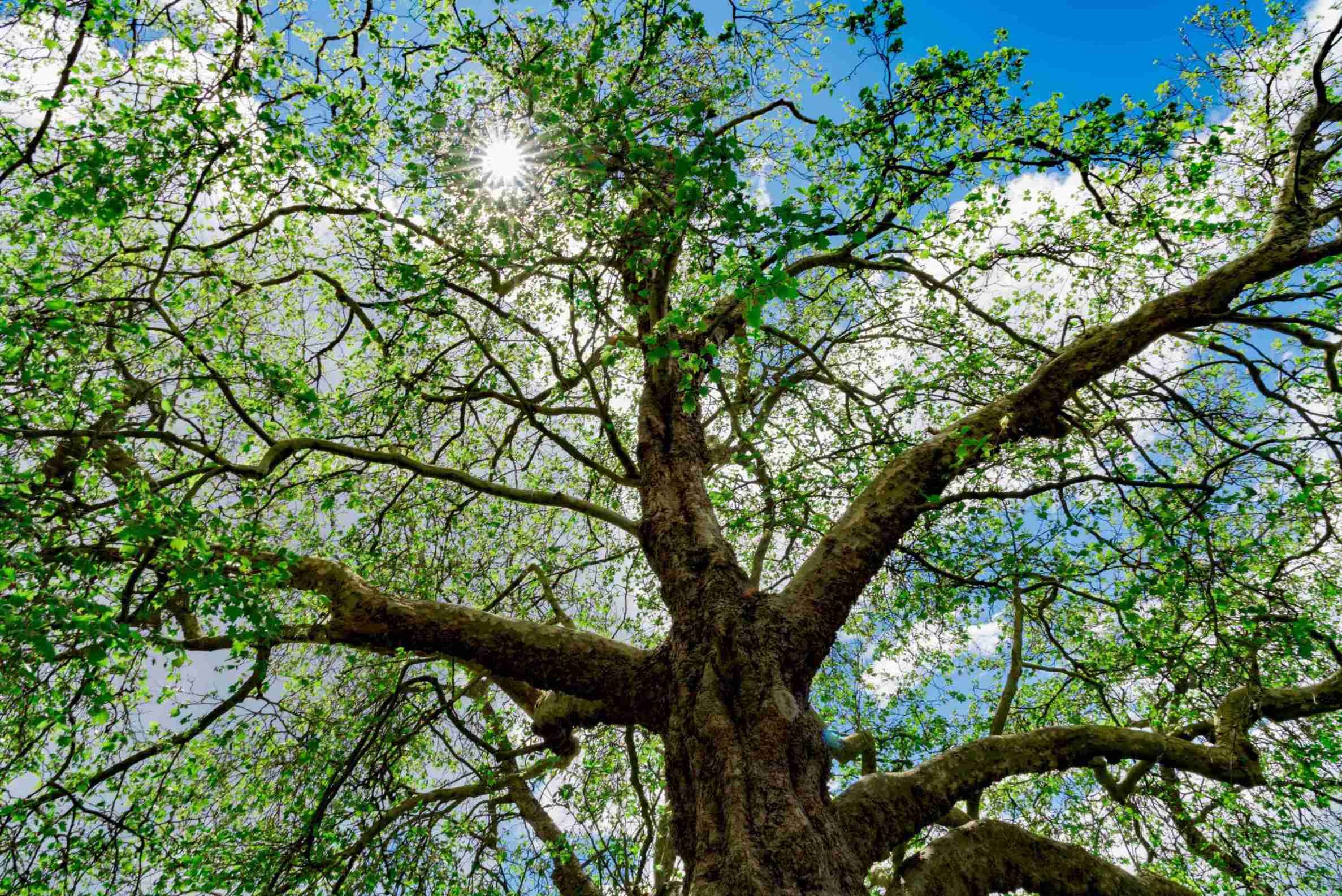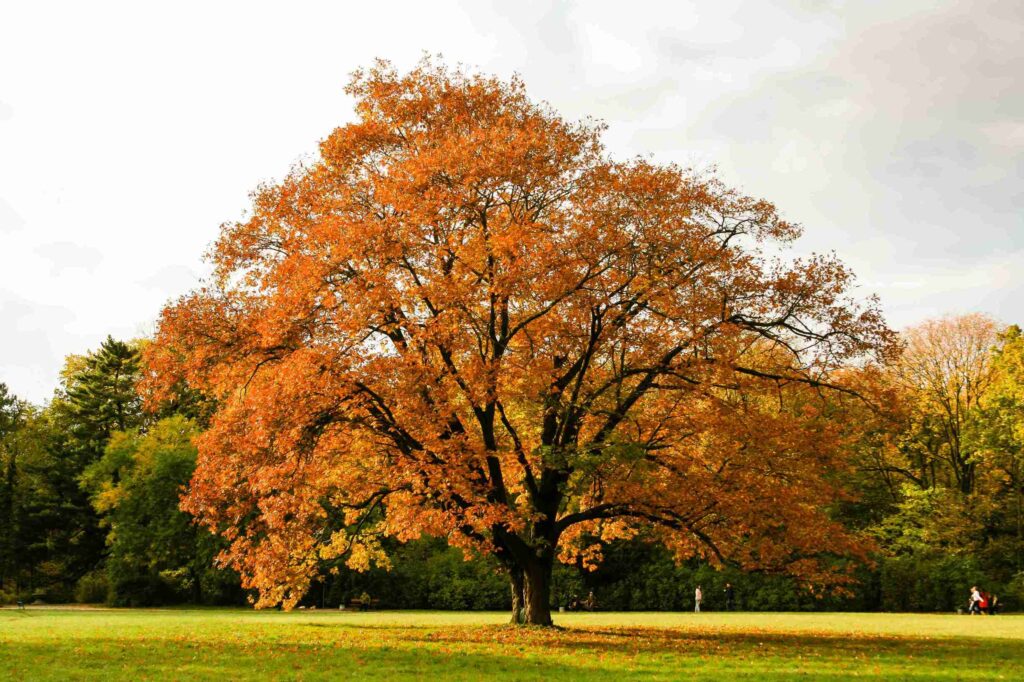My Crepe Myrtle Is Too Tall (Here’s What To Do)
So you walk outside, glance at your yard, and suddenly your crepe myrtle looks like it shot up overnight. It’s towering over the roof, leaning into the driveway, or just looking a little wild.
This is totally normal.
These trees grow fast and don’t always respect the space they were given.
The good news is you’ve got plenty of ways to bring it back under control without turning it into a sad stump.
In this post, we’ll show you what to do if your crepe myrtle is too tall.
Signs Your Crepe Myrtle Is Getting Out Of Control
A crepe myrtle usually starts showing little hints before it officially becomes “too tall.”
Here are some of the most common signs:
- Branches stretching into the house, driveway, or roof
- A canopy so dense that sunlight barely gets through
- Shoots popping up at the base and crowding the trunk area
- Branches rubbing together or tapping windows
- The shape starting to look bulky, uneven, or top-heavy
Also Read: How Do I Get Rid Of Sumac Trees?
How To Reduce Height Of Crepe Myrtle
Crepe myrtles don’t respond well to harsh cutting, so the approach should be gentle but firm.

Here are a few techniques that actually help keep the height of your crepe myrtle under control and improve the overall look and health of the tree:
#1 Selective Pruning
Selective pruning is the best option for a crepe myrtle that is too tall.
Instead topping the tree, you remove full branches at their base or prune the branch back to desired height. This instantly lowers the canopy without creating weird stubby growth points.
Plus, it keeps the natural shape instead of turning the tree into a lollipop.
The best part is that you can remove taller branches that shoot up awkwardly while keeping the strong structural ones. Over time, this encourages the tree to grow in a more balanced way.
A lot of people don’t realize this is the safest method for height control, and it works beautifully when done in late winter just before new growth kicks in.
#2 Thinning Cuts To Open The Canopy
When the canopy gets too thick, the branches become crowded and spindly. Instead of cutting the height, you remove some inner branches to open things up.
This reduces weight, improves airflow, and slows down rapid upward growth because the tree is no longer fighting to find light.
A well-thinned crepe myrtle ends up looking polished and soft instead of bulky.
Plus, sunlight reaches more of the tree, and you’ll notice the structure looking way cleaner almost instantly.
Also Read: What Trees Do Spotted Lanternflies Attack?
#3 Shaping The Tree Naturally
Shaping is really just guiding the tree instead of forcing it into something unnatural.
Crepe myrtles already have a beautiful form when they’re allowed to grow with just a bit of direction.
You can encourage a more elegant silhouette by removing branches that throw off the flow – things that bend weirdly, reach too far out, or look out of place with the main structure.
This step doesn’t necessarily shorten the tree dramatically, but it helps keep it visually balanced.
Sometimes the tree looks “too tall” only because the shape is off, so fixing the structure makes the height feel less extreme.
#4 Removing Crossing Or Awkward Limbs
Crossing limbs rub together, create wounds, and eventually weaken the tree. Awkward limbs grow in strange angles or push upward in directions that don’t blend well with the main canopy.

Getting rid of these improves the look and reduces the chance of brittle branches later.
This is also one of the easiest ways to prevent the tree from shooting up in a chaotic way.
Once the unnecessary limbs are gone, the tree grows cleaner and more predictably.
What You Shouldn’t Do
If you’ve ever seen those crepe myrtles that look like someone chopped them straight across the top and left them with knobby club-like ends, that’s “crepe murder.”
It’s the biggest mistake people make because it seems like the easiest way to lower the height.
But here’s the real problem: topping forces the tree to push out weak, fast, leggy shoots. Those shoots grow even taller the next season, and they’re more likely to snap in storms.
Plus, the tree also loses its natural beauty and ends up with a misshapen structure that never quite recovers.
You don’t get smaller growth – you get uglier growth.
So yeah, avoid the flat-top haircut. The tree will thank you.
What To Cut – And What To Leave Alone
The easiest way to think about it is this: remove full branches, not parts of branches.
If a branch is too tall, cut it all the way back to a joint or trunk. Don’t leave stubs sticking out. Those stubs create weak points, and the new shoots sprouting from them grow too fast and too tall.
Leave the strong structural branches that form the “bones” of the tree. These guide the overall shape and should stay in place so the tree has stability and symmetry.
You’re mainly focusing on the tall outliers, the crowded middle, and the awkward angles.
A simple rule is to aim for a natural vase shape.
It keeps the tree airy, beautiful, and far easier to manage long-term.
Also Read: Invasive Trees in Virginia
When Replacement Makes More Sense
Sometimes the tree is simply the wrong size for the spot.
Maybe it was planted right next to the house, squeezed into a small garden bed, or placed near power lines.
If your crepe myrtle naturally grows 20 – 30 feet tall, no amount of pruning will keep it permanently small. You’ll be fighting it every single year.
In that case, replacing it with a smaller variety is often the easier and better option.
We recommend dwarf and semi-dwarf crepe myrtles, which stay between 4 and 12 feet and look just as stunning without constant maintenance.
It’s a long-term, low-stress fix that saves you from battling aggressive growth forever.
Bottom Line
A too-tall crepe myrtle isn’t a crisis, and you’ve got plenty of options to bring it back into a manageable, gorgeous shape.
Selective pruning, thinning, and shaping give you full control without harming the tree.
Avoid the harsh topping cuts that lead to problems. And if the tree was simply planted in the wrong place, switching to a smaller variety is a totally valid move.
With the right cuts and a little patience, your crepe myrtle will look clean, balanced, and easier to maintain year after year.
